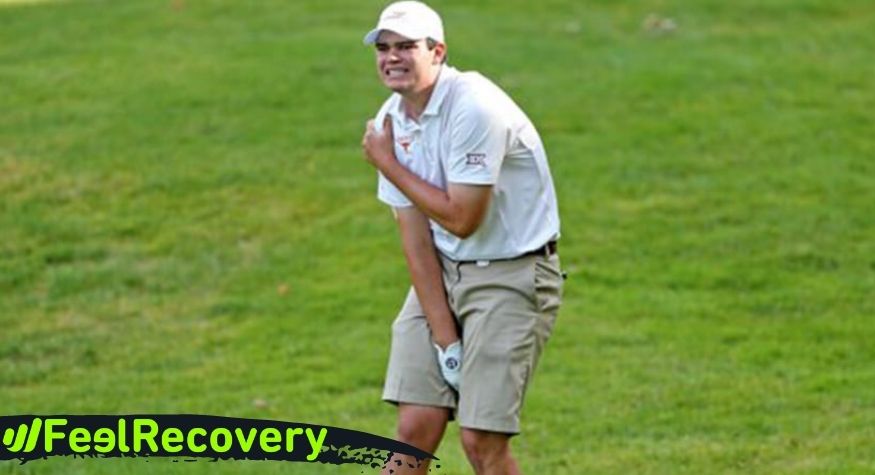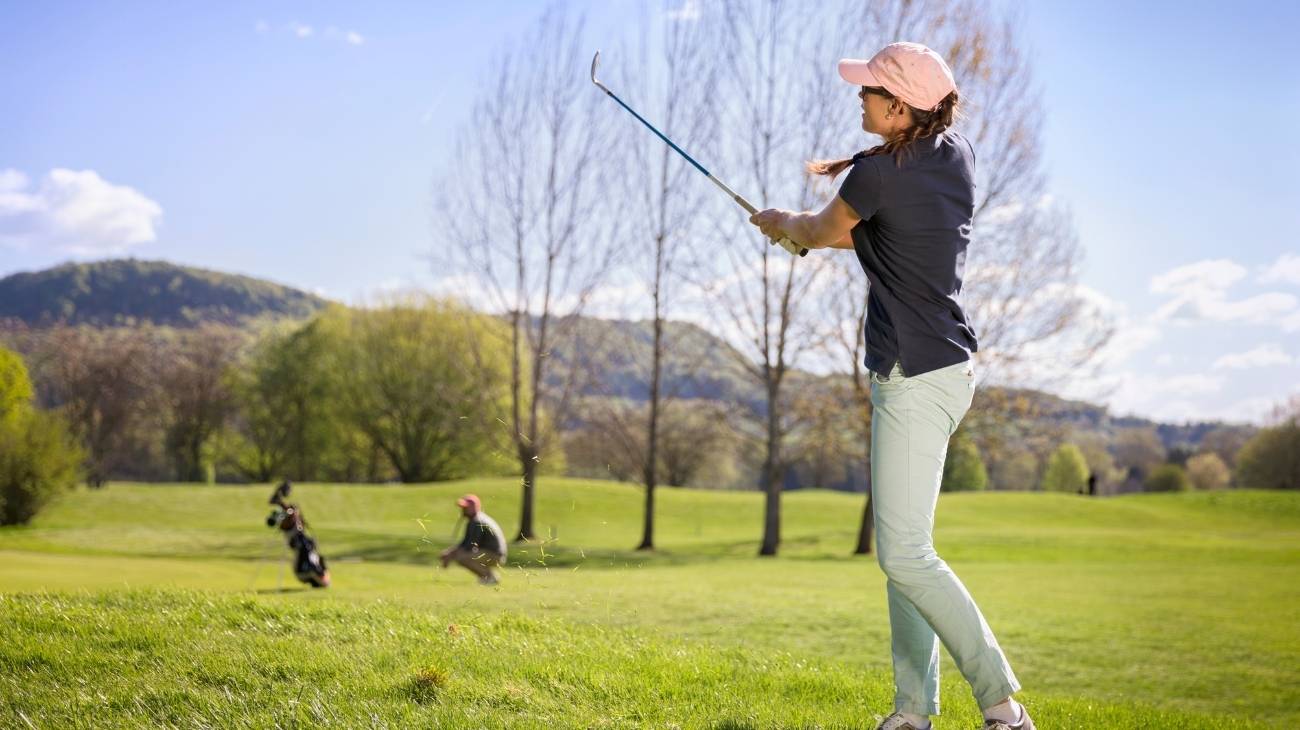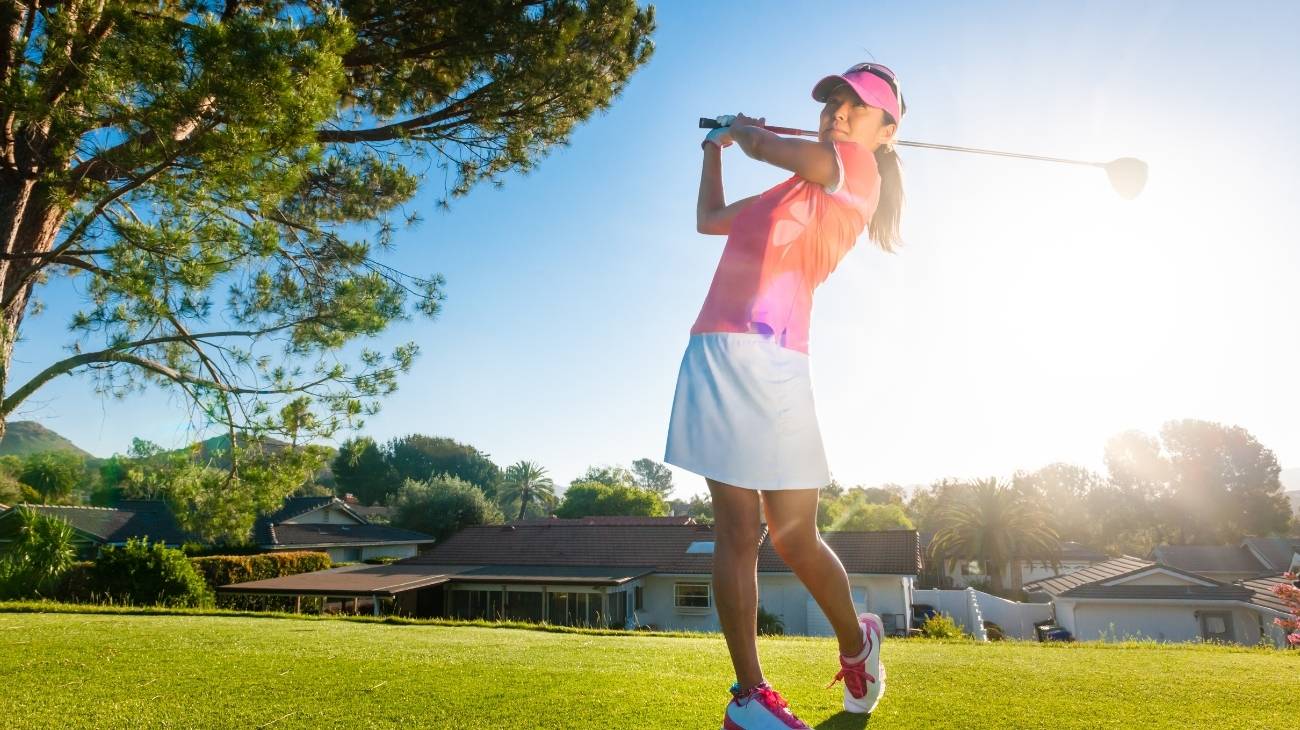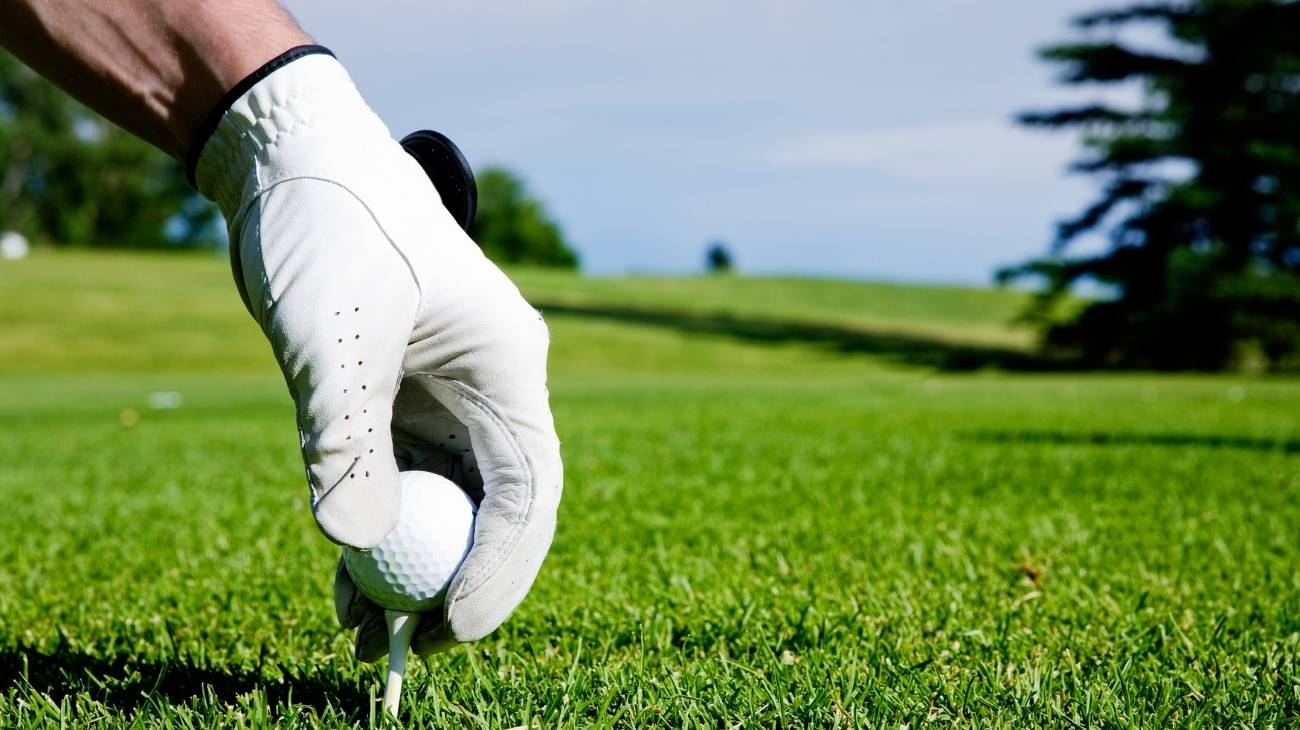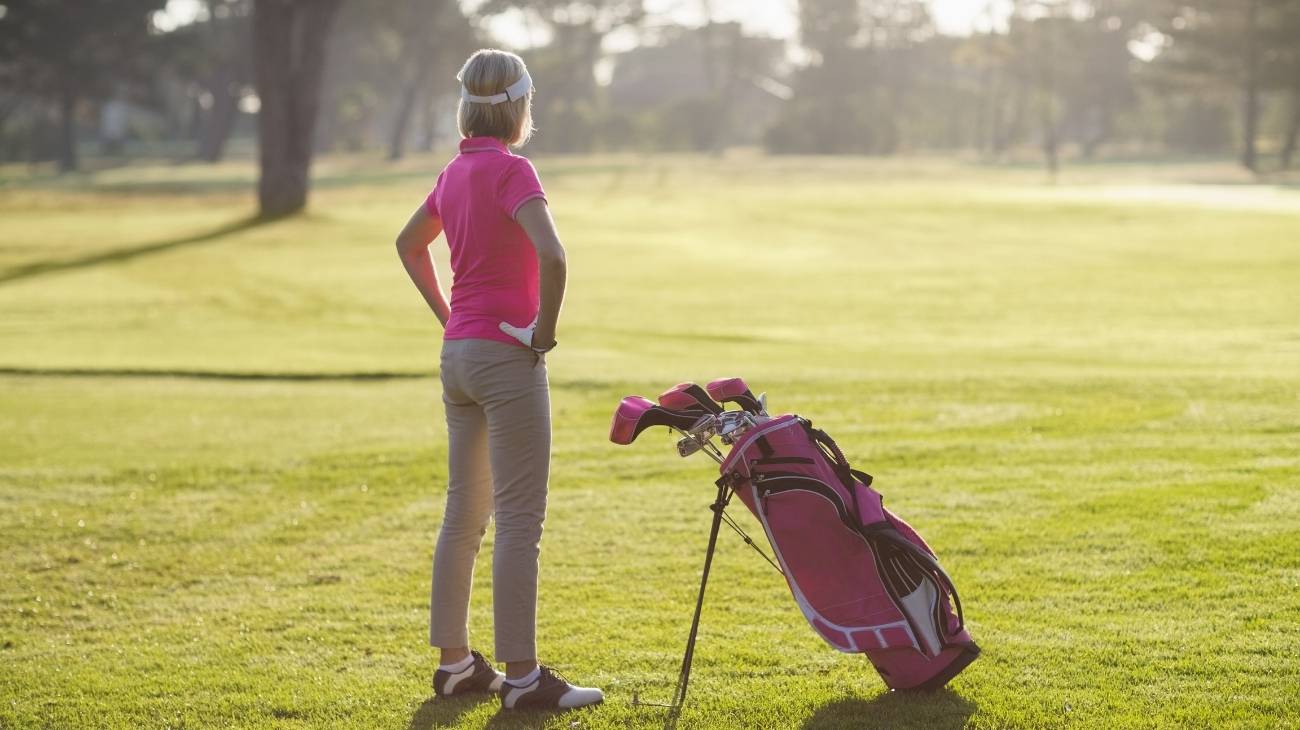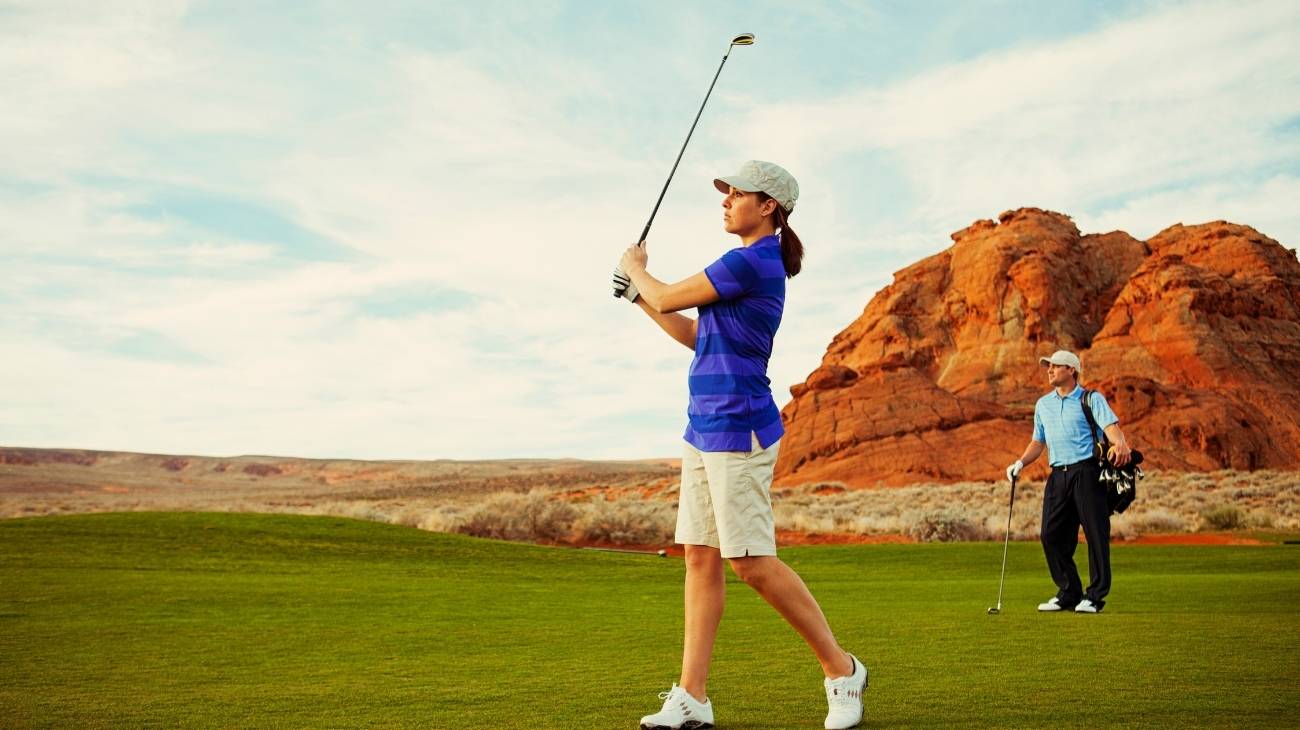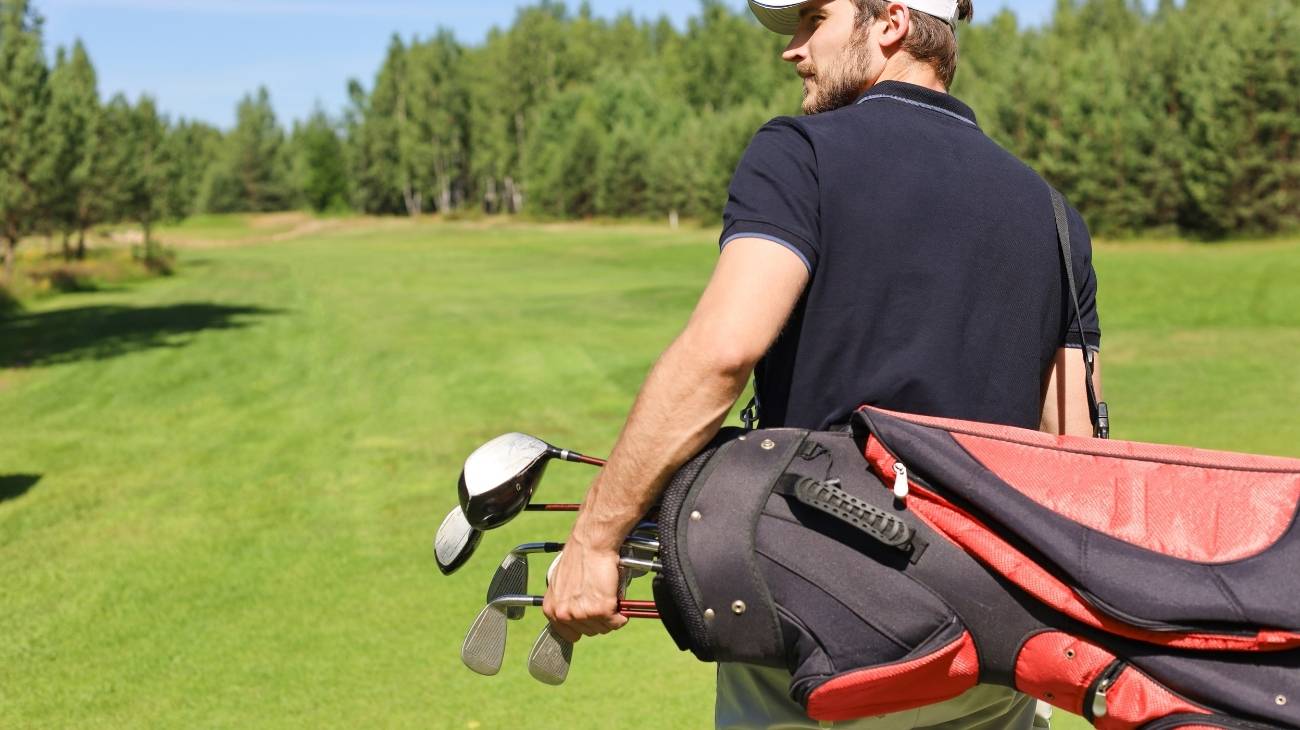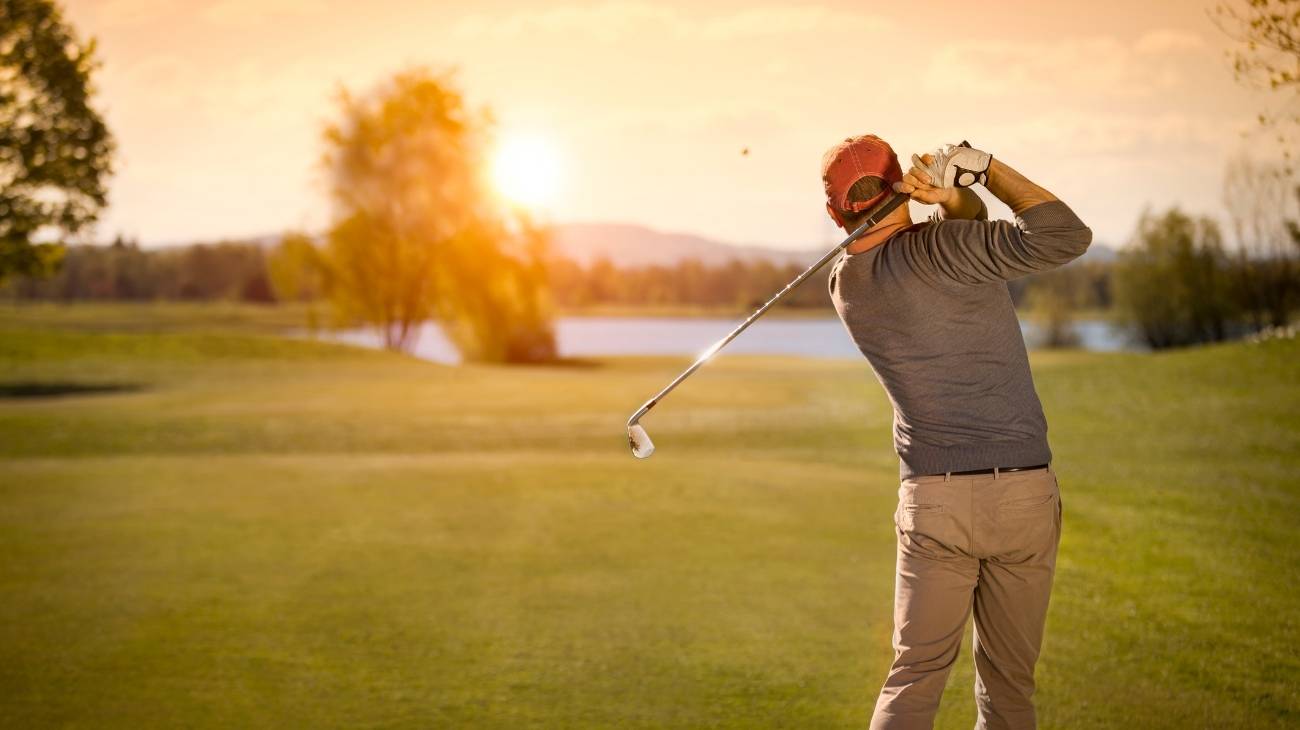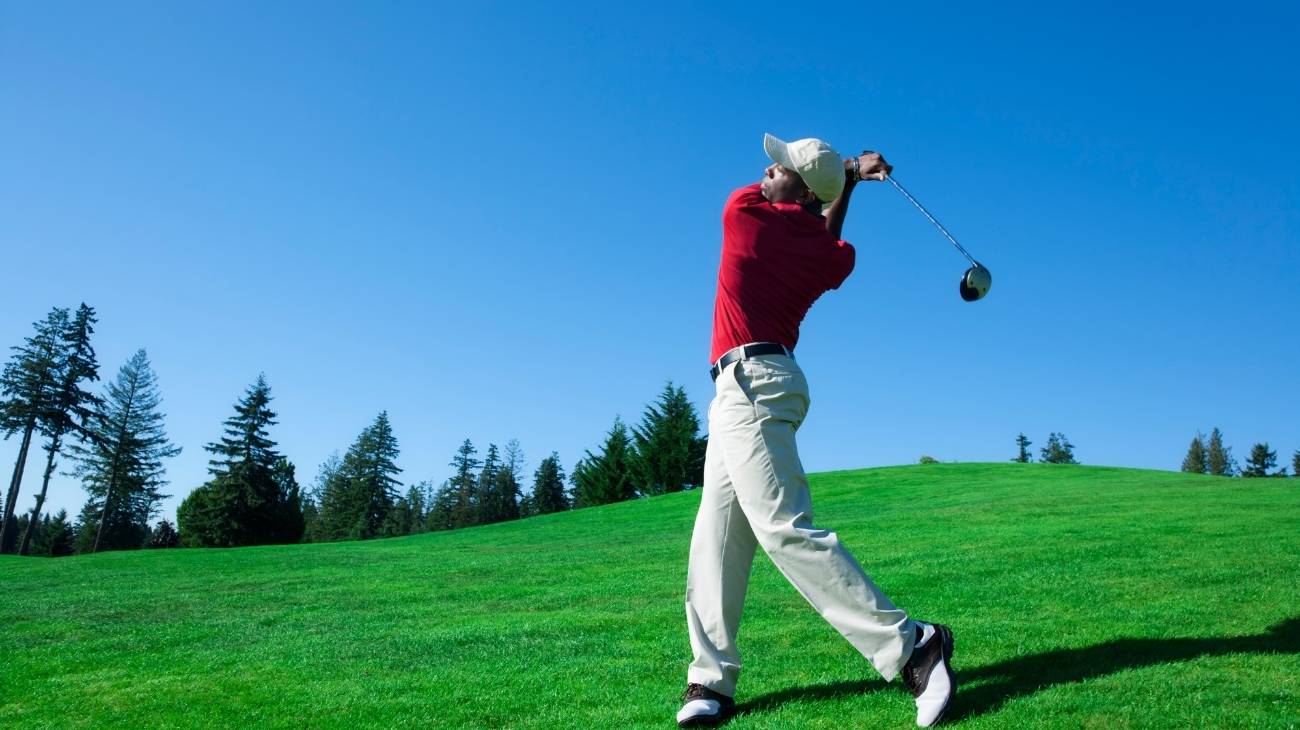If we are going to talk about the wonders of the human body, the shoulder is one of them. It is not a single joint, but rather a group of joints that make it the most mobile part of the body and one of the most used by golfers.
In this article you will learn which are the most common sports injuries in golf, so you can know what to do to prevent them. You will see how to apply the PRICE therapy and correctly address minor injuries. Finally, you will learn about the best products for a good recovery
What are the most common types of shoulder injuries in golf?
Through a study, the University of Edinburgh claims that playing golf improves the quality of life, because it activates all the joints in the body. However, when you don't take precautions such as warming up and keeping well hydrated, injuries are likely to occur at some point.
Check out this list of the most common shoulder ailments in golf:
Subacromial impingement
A twinge in the shoulder tendons can be caused by a number of reasons, however, in golf it is most commonly caused by poor swing positions. When the back is too curved, in cases where we have not yet mastered how to stand during the swing, the rotator cuff tendons become irritated and you feel "twinges".
The discomfort is focused between the head of the humerus and the acromion, and is a warning that the rotator cuff tendons are about to become inflamed. This pain also occurs when past injuries cause the humerus bone to thicken and create a narrower space that presses on the tendons.
Rotator cuff injury
The constant strain of bringing the arm over the shoulder causes the rotator cuff tendons to be injured with repetition. The swing is a very technical movement that takes its toll over the years.
It is quite likely that after a good rest and physiotherapy sessions, you will be able to get back to playing as if nothing has happened. It's a matter of adjusting your technique and knowing your limitations. These tendons keep the shoulder firm and fit for its wide range of motion, so when injured you will feel stiffness, instability and discomfort when trying to move your arm.
Glenohumeral arthrosis
This is a degenerative disease that directly affects the cartilage. It occurs frequently in veteran golfers due to significant wear and tear on the joints. The main point affected is the head of the humerus and the glenoid socket of the scapula. When osteoarthritis is present, you hear the shoulder sound when you move your arm, making it impossible to make a good swing without feeling a strong strain.
You should watch for shoulder pain, difficulty moving your shoulder and muscle weakness. When osteoarthritis occurs, it is likely to lower a player's overall performance on the golf course, so it is an injury to be cautiously prevented.
Shoulder subluxations
It is unlikely that a golfer will have a total dislocation, so we dedicate this section to partial subluxations. When the arm bone slips out of the socket of the shoulder blade, there is a partial dislocation of the shoulder (as subluxation is also known). Immediately there is severe pain and difficulty in making further rotations.
The ball is often hit with exaggerated force, which is a sign of a lack of proper swing technique. A fall on uneven ground on the course is also a likely cause of subluxation, remember that the shoulder is susceptible to any blow that can displace the bone.
Acromio-clavicular subluxation
This is an injury caused by a sudden movement of the whole body that places stress on the collarbone. Typical of a poorly applied stroke, perhaps from an unusual place. In golf, body posture is everything and when a player does not properly assess the place from where he/she should hit the ball, this results in a bad shot and in movements for which the body has not been prepared.
When there have been previous shoulder injuries, the collarbone is likely to take all the strain and give way under the intensity of the strike.
Best products for the recovery of shoulder injuries in golf
Bestseller
-
Microwave Wheat Bag for Neck & Shoulder Pain Relief (Hearts)
£24,95 -
Microwave Wheat Bag for Neck & Shoulder Pain Relief (Oxford)
£24,95 -
Microwave Wheat Bag for Neck & Shoulder Pain Relief (Sport)
£24,95 -
Microwave Wheat Bag for Neck Pain Relief (Hearts)
£20,95 -
Microwave Wheat Bag for Neck Pain Relief (Oxford)
£20,95 -
Microwave Wheat Bag for Neck Pain Relief (Sport)
£20,95 -
Microwaveable Wheat Bag for Pain Relief (Hearts)
£20,95 -
Microwaveable Wheat Bag for Pain Relief (Oxford)
£20,95 -
Microwaveable Wheat Bag for Pain Relief (Sport)
£20,95
How to apply the RICE therapy to treat shoulder injuries in golfers?
The PRICE therapy is the update of RICE, as it is better known in the sporting world by specialists. It is applied worldwide for its multiple benefits.
We will show you how to apply these steps in the first few minutes after a minor injury has occurred:
- Protection: Find an area where you feel comfortable and can begin to apply this method. Use orthoses, bandages and splints to immobilise the affected shoulder. What we want to do is to prevent movements from further affecting the damage.
- Rest: This is the most important and underestimated step as the damaged cells will start to regenerate once the tissues relax, so you should rest.
- Ice: Start applying ice with the help of a scarf or insulated bag to reduce the pain and swelling in the shoulder. If you feel that the area is too numb, stop using ice for about 10 minutes. There should always be a break every 10 to 20 minutes of use.
- Compression: An elastic bandage will serve to exert moderate pressure on the joint, so that the blood supply will be reduced. If you get tingling in the rest of the arm, then the bandage is too tight and you should unfasten it.
- Elevation: Raise the shoulder above the level of the heart. You will find that this step, along with the others, will have a positive effect on swelling, pain and oedema
References
- Kim, D. H., Millett, P. J., Warner, J. J., & Jobe, F. W. (2004). Shoulder injuries in golf. The American Journal of Sports Medicine, 32(5), 1324-1330. https://journals.sagepub.com/doi/abs/10.1177/0363546504267346
- Bayes, M. C., & Wadsworth, L. T. (2009). Upper extremity injuries in golf. The Physician and Sportsmedicine, 37(1), 92-96. https://www.tandfonline.com/doi/abs/10.3810/PSM.2009.04.1687
- Jobe, F. W., & Pink, M. M. (1996). Shoulder pain in golf. Clinics in sports medicine, 15(1), 55-62. https://www.sportsmed.theclinics.com/article/S0278-5919(20)30158-7/pdf
- Papaliodis, D., Richardson, N., Tartaglione, J., Roberts, T., Whipple, R., & Zanaros, G. (2015). Impact of total shoulder arthroplasty on golfing activity. Clinical Journal of Sport Medicine, 25(4), 338-340. https://journals.lww.com/cjsportsmed/Abstract/2015/07000/Impact_of_Total_Shoulder_Arthroplasty_on_Golfing.5.aspx
- Jobe, F. W., & Schwab, D. M. (1991). Golf for the mature athlete. Clinics in sports medicine, 10(2), 269-282. https://www.sciencedirect.com/science/article/abs/pii/S0278591920306323
- Parziale, J. R., & Mallon, W. J. (2006). Golf injuries and rehabilitation. Physical Medicine and Rehabilitation Clinics, 17(3), 589-607. https://www.pmr.theclinics.com/article/S1047-9651(06)00028-3/fulltext
- Brandon, B., & Pearce, P. Z. (2009). Training to prevent golf injury. Current sports medicine reports, 8(3), 142-146. https://journals.lww.com/acsm-csmr/Fulltext/2009/05000/Training_to_Prevent_Golf_Injury.00011.aspx
- Fradkin, A. J., Cameron, P. A., & Gabbe, B. J. (2006). Opportunities for prevention of golfing injuries. International journal of injury control and safety promotion, 13(1), 46-48. https://www.tandfonline.com/doi/abs/10.1080/17457300500167693
- Metz, J. P. (1999). Managing golf injuries: technique and equipment changes that aid treatment. The Physician and Sportsmedicine, 27(7), 41-56. https://www.tandfonline.com/doi/abs/10.3810/psm.1999.07.917
- Lehman, G. J. (2006). Resistance training for performance and injury prevention in golf. The Journal of the Canadian Chiropractic Association, 50(1), 27. https://www.ncbi.nlm.nih.gov/pmc/articles/PMC1839980/

